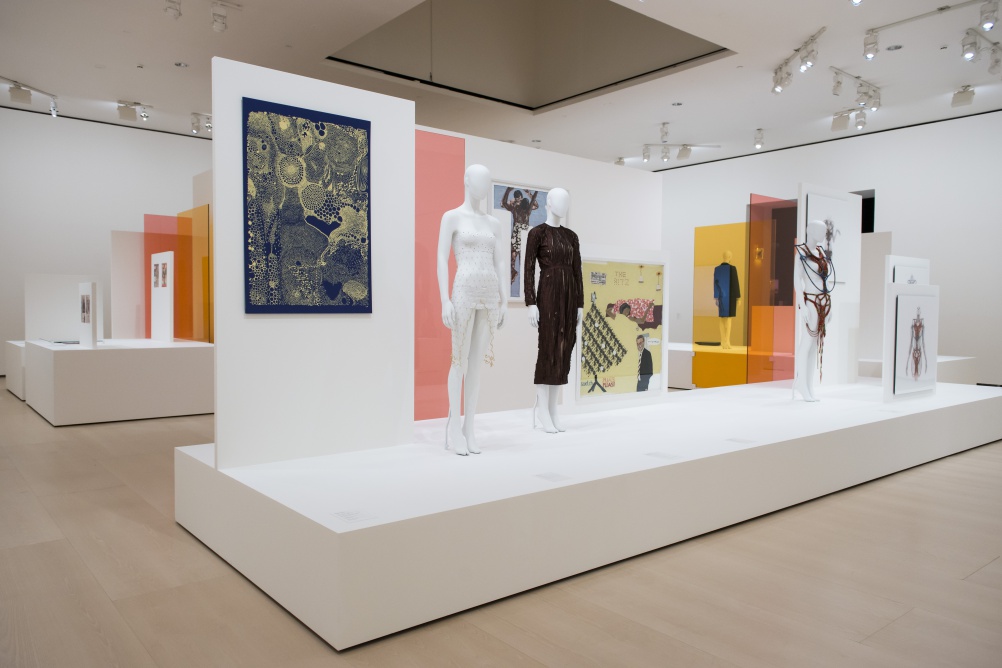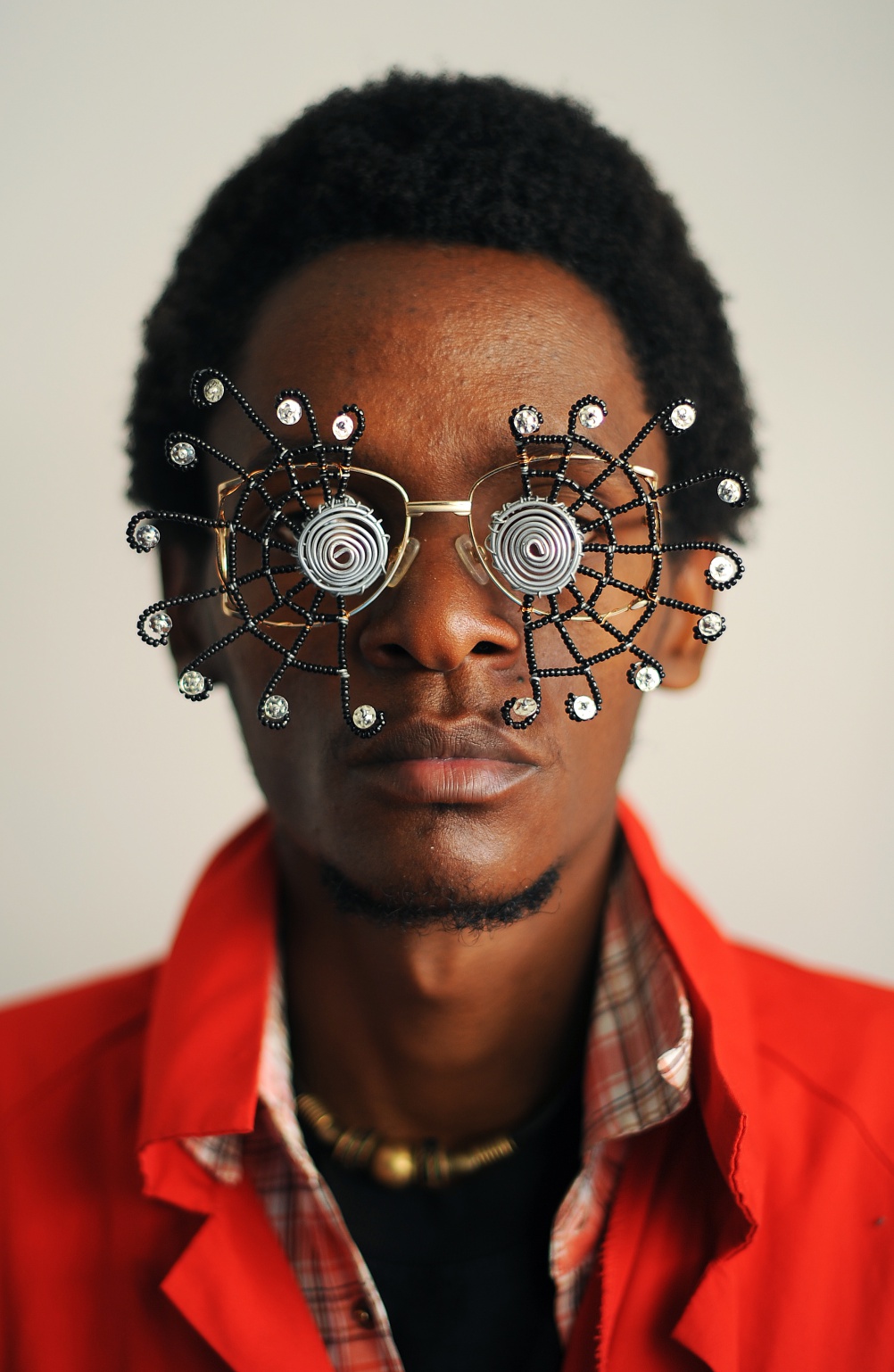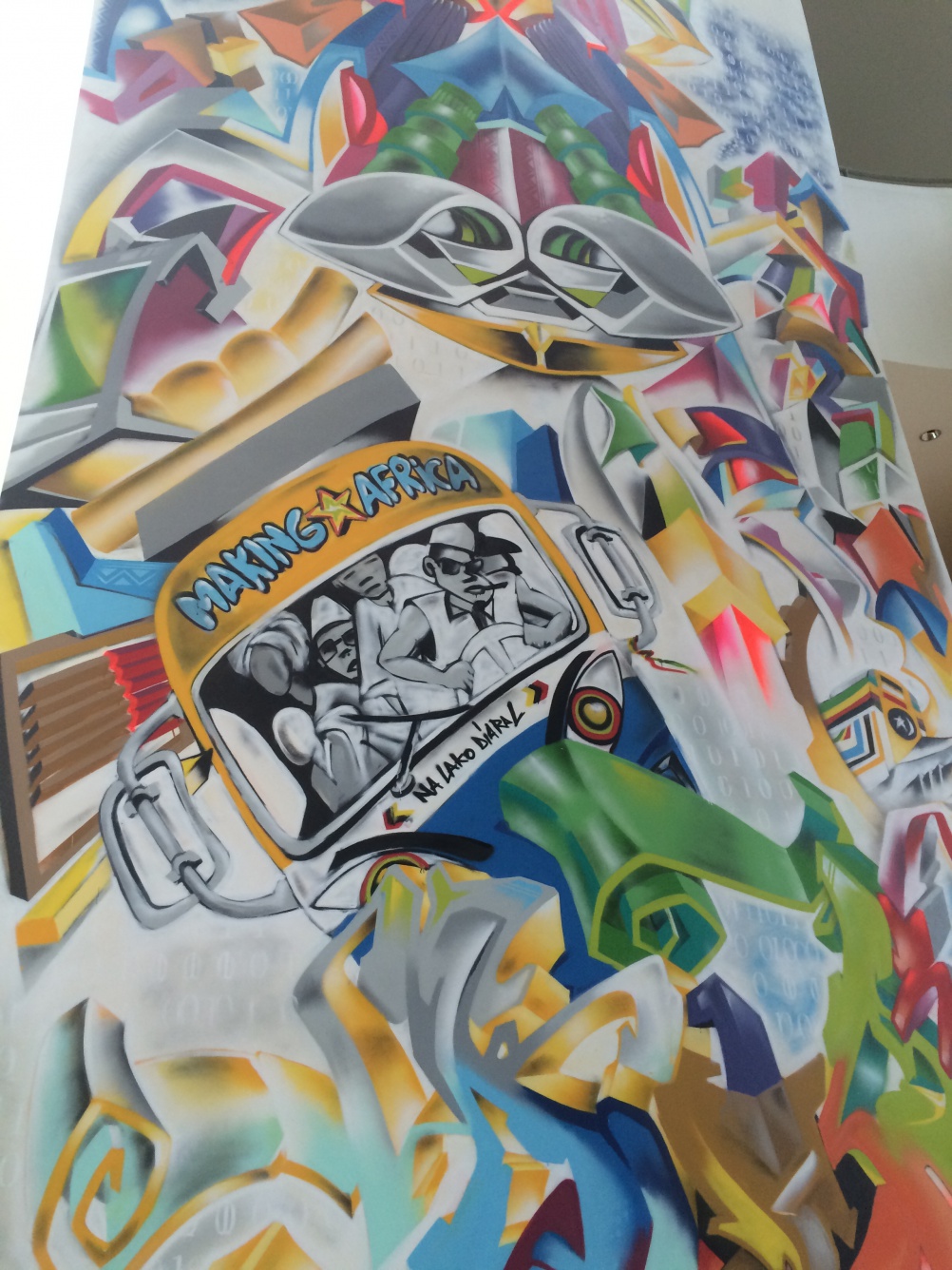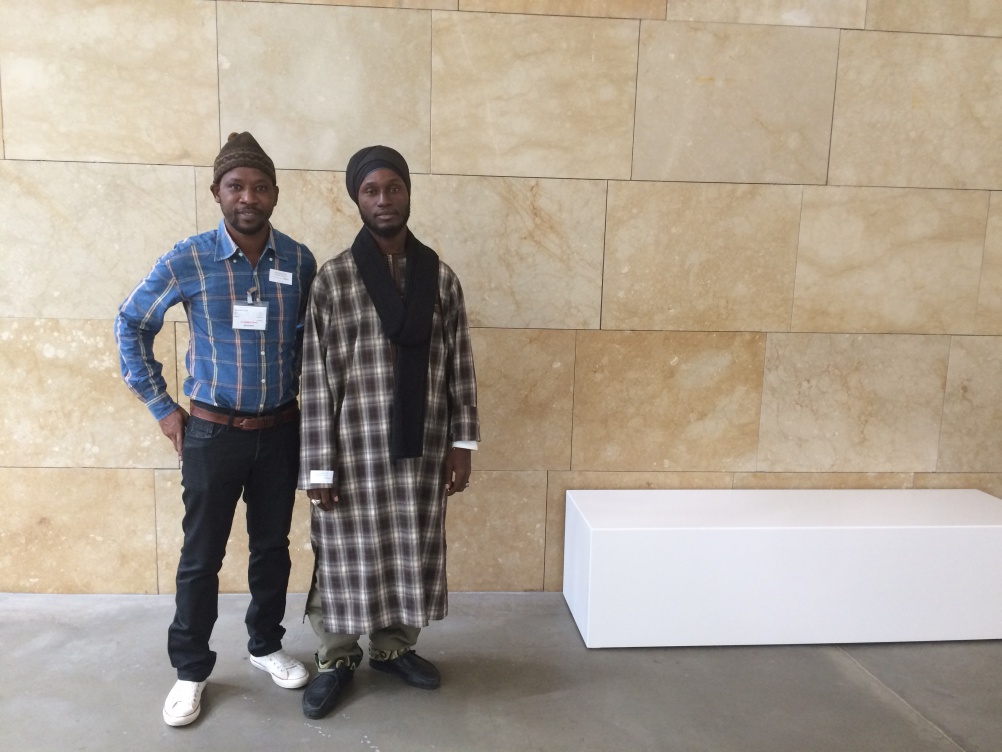An exploration of contemporary African design at the Guggenheim Museum
Making Africa – A Continent of Contemporary Design is a new exhibition on show at the Guggenheim museum in Bilbao, Spain, which hopes to convey the “complexity and diversity” of the continent’s creative scene.
We provide a rundown of the show, and speak with Doxandem Squad, a contributing graffiti group from Senegal, about creating accessible art.

© FGMB, Guggenheim Museum Bilbao, 2015.
It’s impossible to summarise the creativity of the world’s second-largest continent within a gallery space. But while an exhibition couldn’t possibly offer a comprehensive view of 54 countries, a new vast, multimedia show aims to give contemporary African design a voice in one of Europe’s biggest galleries.
Inside the majestic, steel architecture of the Guggenheim Bilbao in Spain, Making Africa – A Continent of Contemporary Design showcases furniture, objects, graphics, illustration, craft, architecture and more, with the ultimate purpose of dispelling out-dated ideas about African culture.
It aims to avoid associating Africa solely with famine and corruption – “the corrupt dictator and the hungry child” – explains co-curator Amelie Klein.
A new perspective
“We are aware that it’s a problem for a European museum to talk about Africa, and the European notion of the continent is very limited,” she says. “We want to invite people to be open to another perspective, and convey Africa’s incredible complexity and diversity.
She adds: “We’ve tried to include as many African voices in the exhibition as we could.”
Moving away from “traditional craft”

The exhibition space is split into four sections: Prologue, which challenges western preconceptions of the continent; I and We, looking at communication between people; Space and Object, the effect of the environment; and Origin and Future, a comparison of contemporary African culture with its roots.
As shown by the eclectic selection of work on display, the exhibition hopes to steer away from the idea of African artwork being solely based on “traditional craft and humanitarian design”.
Pieces include eyewear sculptures created from recycled materials, a bold, multi-coloured tapestry of a social map for African gay people, linocuts ridiculing South African stereotypes, and a dystopian science fiction film imagining life after World War Three.
Design to help the public

A standout piece of art sits outside the four main gallery spaces. A huge replica graffiti mural that aims to provide public health messages to the people of Senegal consumes the wall of the museum’s downstairs atrium.
The work is created by Senegal-based graffiti art assembly Doxandem Squad, a group that has also founded yearly international graffiti festival Festi Graff, and health initiative Graff et Santé, and aims to speak out against authorities and help the public with its art.
We speak with group members Amadou Lamine Ngom (who works under the name Docta) and Aty Diallo about the importance of creating design work with purpose.

Design Week: Why did you start out in graffiti art?
Docta: I started with dance and rap then moved on to graffiti. I’ve been creating it for 28 years now, and I’ve never been to art school, though now I have a lot of students. I think graffiti is the expression of the people, and it can show many people’s different situations. I use it to talk to people, and to the authorities. I love it and am passionate about it, but I don’t create graffiti just to make art – I use the art as a voice for the community. The population is my boss – if you make stuff they love, they will have respect for your work. You don’t create graffiti just to write your own name on wall. You make it for the community – people live in front of these walls and that artwork becomes theirs.
DW: What sort of graffiti do you create?
Aty Diallo: We use graffiti to desensitise people about what’s going on, and about how to take care of their health. Having messages up on a wall is a good way of making people aware of diseases like AIDS, tuberculosis, cancer and malaria.
D: We want to tell people not to share syringes and razors, and to use mosquito nets – so we might draw these images. We sometimes create one big graffiti wall, showing different images and situations, each one giving a message. We also include warning messages with the pictures, such as “Be careful” and “Don’t do this”.
AD: Sometimes it’s not just about listening to people but also sharing a new way of life with them. It’s about stimulating people so they can be aware about what they can do, their power in their own lives and also bringing them positive skills.
DW: Tell me about graffiti festival Festi Graff and health initiative Graff et Santé?
D: I started Festi Graff six years ago – it’s a yearly festival including the work of 50 international artists, 20 of which are from Senegal. Every year there’s a theme, and this year it was history as a means of identity. You can learn from different artists, and gain experience.
AD: Graff et Santé is a health programme, and is a collaboration between graffiti artists, doctors and the public. It’s a little event where we go into a poor area, talk with people, and bring doctors who can provide free medicine and consultations. At the same time, graffiti artists create messages about the environment and health on the walls – there are normally around ten walls, and each one has a different theme.
D: It’s about having time to speak with and save the population. The authorities and government are very far away from the public, so we interact with, meet them and get close to them at these events.
DW: Do you think graffiti is a form of art and design?
D: Graffiti is not just from the 20th century – Egyptians were carving graffiti into yellow sandstone thousands of years ago in the form of calligraphy. Graffiti is a mural image – it’s the voice of the people.
DW: Do you think art can be a successful form of protest or inspire social change?
AD: Art has always had an impact socially. Artists and art are always in fashion.
D: If you are an artist, you are a protester. I use my art as activism.
DW: What kind of graffiti have you done to protest against the government?
D: Everything I make is a protest. If I’m talking with people, I’m also talking with the government. We remind authorities that the responsibility and money they have isn’t theirs – it’s for the people.
DW: Have you ever got into trouble?
D: My art is about education – I’m not just here to vandalise walls, or “do something bad”. I always clean the walls first, and paint them white, then fill them with different colours. The graffiti is here for the community, and sometimes even police chiefs have said it looks nice.
DW: What are your aspirations for future projects?
D: I’d like to make a graffiti museum in Senegal.
Making Africa – A Continent of Contemporary Design runs until 21 February 2016 at the Guggenheim Museum Bilbao, Spain. Tickets are €10 (students: €6)
-
Post a comment




